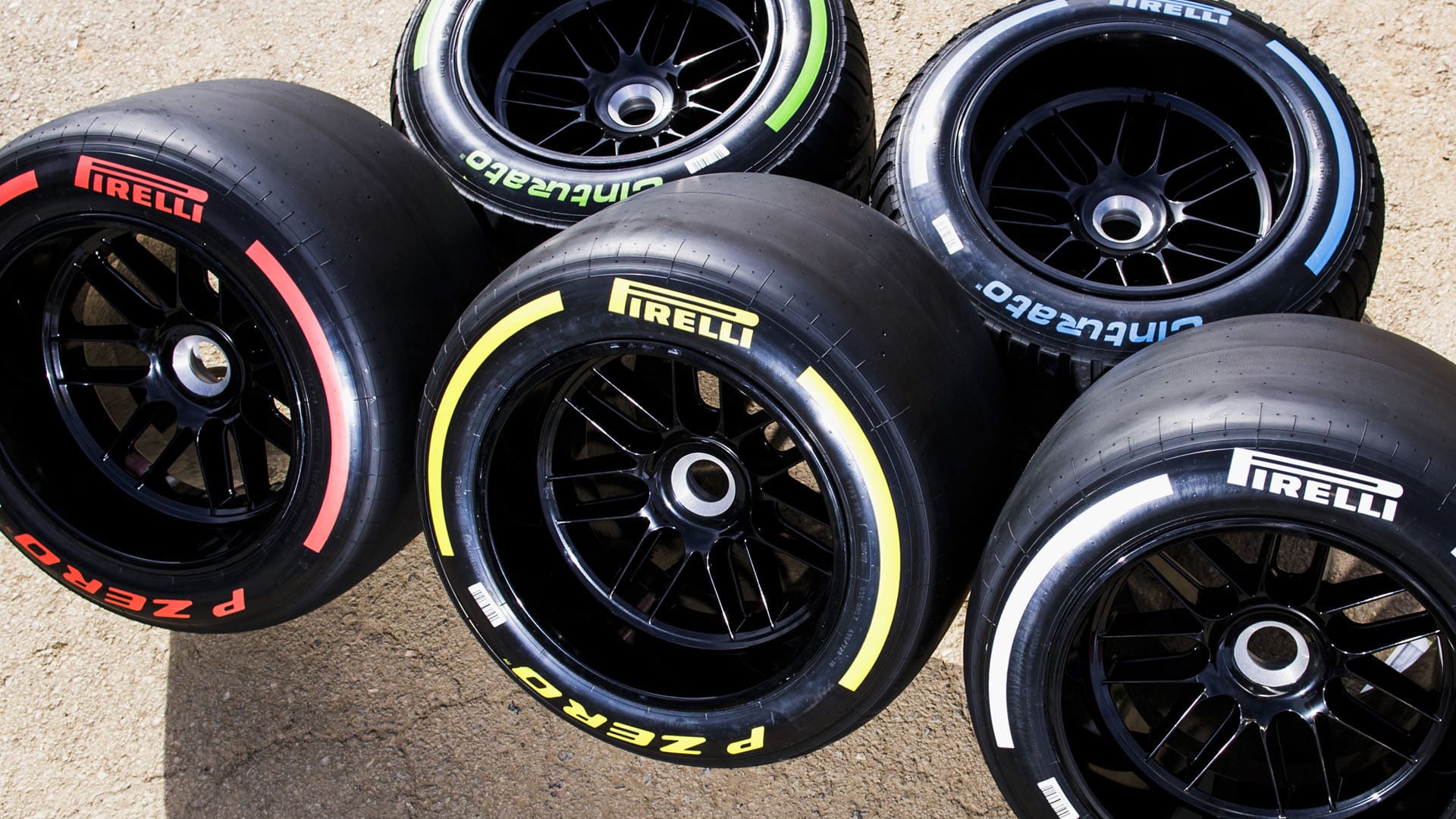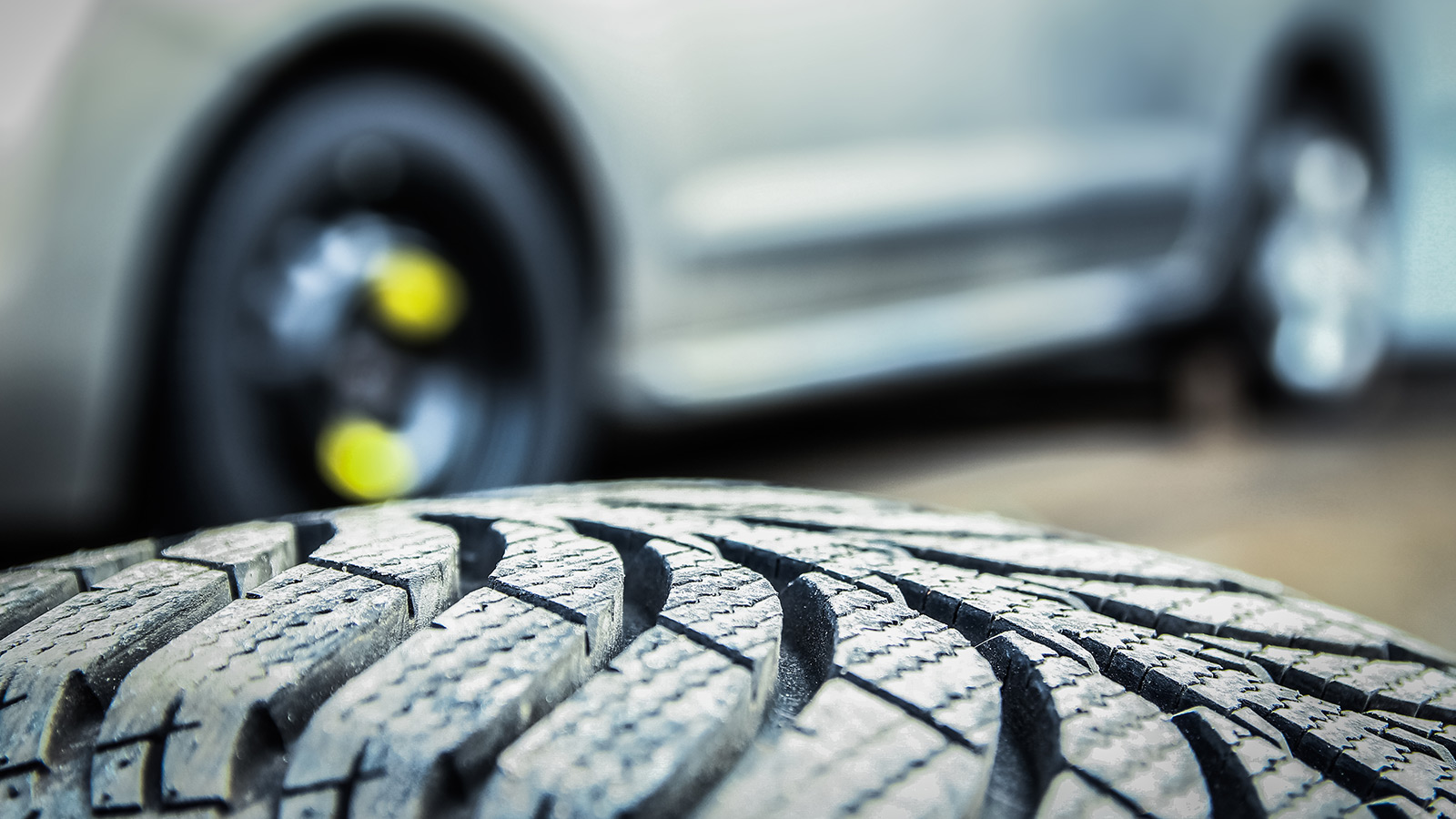All Categories
Featured
Table of Contents
The Michelin offered a comfortable driving experience, characterised by receptive steering and a modern understeer balance. Regardless of the cooler testing problems, Michelin's constant time and hold over 3 laps suggests its suitability for real-world applications. Conversely, Yokohama's performance was distinct. While its super-quick guiding caused a rapid front axle turn, the back showed a propensity to turn much more.
The tyre's very first lap was a 2nd slower than the second, aiming to a temperature-related hold increase. For daily usage, the Michelin may be a much safer wager.
Tyre Upgrades Near Me – Swan
It shared Michelin's secure understeer equilibrium however lacked the latter's desire to turn. Continental and Goodyear's performances were notable, with Continental's new PremiumContact 7 revealing a significant enhancement in wet problems compared to its predecessor, the PC6. This version was much less conscious pack modifications and behaved similar to the Michelin, albeit with a little much less interaction at the limitation.
It incorporated the safe understeer balance of the Michelin and Continental with some stylish handling, showing both foreseeable and quick. As an all-rounder for this Golf GTI, Goodyear's Uneven variety was the standout, showing excellent performance in the wet. Finally, the Bridgestone Potenza Sport took the crown as the fastest tire, albeit by a tiny margin.
This tire got grippier as it heated up, comparable to the Yokohama. Vehicle drivers looking for an exciting wet drive could discover this tyre worth thinking about. The standout performer in damp braking was the newest tyre on test, the PremiumContact 7, though the outcomes are nuanced. We performed damp braking examinations in 3 various methods, twice at the brand-new state and as soon as at the used state.
Reliable Tyre Balancing Near Me
Preferably, we wanted the cool temperature level examination to be at around 5-7C, but logistical delays suggested we examined with an average air temperature of 8C and water at 12C. While this was cooler than common examination problems, it was still warmer than real-world problems. The warm temperature test was done at an average of 18C air and 19C water.
The 3rd run included wet stopping tests on used tyres, specifically those machined to 2mm with a small confrontation. While we planned to do more with these used tires, climate restraints restricted our screening. However, it deserves noting that wet braking is most important at the worn state, as tires normally improve in dry conditions as they wear.

Bridgestone, Goodyear, and Michelin saw the least efficiency decrease when worn. The Hankook tyre registered the tiniest performance drop as temperatures cooled, yet it was amongst the most affected when put on.
Honest Tyre Shop Near Me – Swan
The take-home message right here is that no solitary tire excelled in all elements of wet braking, indicating an intricate interaction of variables affecting tyre efficiency under various conditions. There was a standout tire in aquaplaning, the Continental finished top in both straight and curved aquaplaning, with the Michelin and Goodyear likewise extremely excellent in much deeper water.

Yokohama could gain from slightly even more grip, an issue potentially affected by the colder problems. As for dealing with, all tyres carried out within a 2% range on the lap, demonstrating their premium performance (Tyre performance). However, considering these tyres basically target the very same client, it's intriguing to observe the substantial differences in feel.
The surprise is since the PremiumContact 6 was one of my favourites for stylish dry drives, yet its successor, the PremiumContact 7, appears much more fully grown and resembles Michelin's performance. Among these, Hankook was the least precise in guiding and interaction at the restriction. Wheel balancing. Both Michelin and Continental offered beautiful preliminary steering, albeit not the fastest
If I were to advise a tyre for a fast lap to a newbie, say my daddy, it would certainly be just one of these. We have the 'fun' tyres, specifically Yokohama and Bridgestone. Both were speedy to steer and really felt sportier than the others, however the compromise is an extra lively back end, making them more challenging to handle.
Affordable Tyre Tuning Near Me
It provided comparable guiding to Bridgestone but supplied much better comments at the restriction and far better hold. The Bridgestone Potenza Sport, nevertheless, appeared to deteriorate quite rapidly after simply three laps on this demanding circuit. Finally, there's Goodyear, which positioned itself somewhere between the fun tires and those often tending in the direction of understeer.
In conclusion, these tyres are exceptional entertainers. For roadway use, I would certainly lean in the direction of either the Michelin or Goodyear, depending on your certain preferences. In terms of tyre wear, the approach utilised in this test is what the market refers to as the 'gold standard' of wear. The wear experts at Dekra conducted this test, which included a convoy of automobiles passing through a very carefully prepared path for 12,000 kilometres.
Both the Bridgestone and Yokohama tyres considerably underperformed in comparison to the various other 4 tires in terms of rolling resistance, with Continental a little exceeding the rest. Pertaining to the convenience degree of the tyres, as expected, the majority of demonstrated an inverse relationship with handling. The Continental, Michelin, and Goodyear tyres done best across numerous surface area kinds examined.

Bridgestone began to show indications of suppleness, while Yokohama was specifically disconcerting over pits. We did measure interior noise levels; nevertheless, as is typically the instance, the results were closely matched, and as a result of weather restrictions, we were incapable to carry out a subjective analysis of the tyres sound. We looked at abrasion figures, which measure the quantity of tyre tread shed per kilometre, normalised to a one-tonne automobile.
Honest High-quality Tyres Near Me – Swan
This figure represents the amount of rubber dust your tyres produce while driving. Michelin led in this category, generating over 9% much less rubber particulate matter. On the other hand, Hankook produced 32% even more. This is a facet I believe the sector needs to focus on more in the future, and it's something Michelin is promoting.
Latest Posts
Reliable Wheel Balancing Services Near Me (Koondoola 6064 WA)
Best Cheap Tyres Near Me (Brabham WA)
Honest Tyre Care Near Me